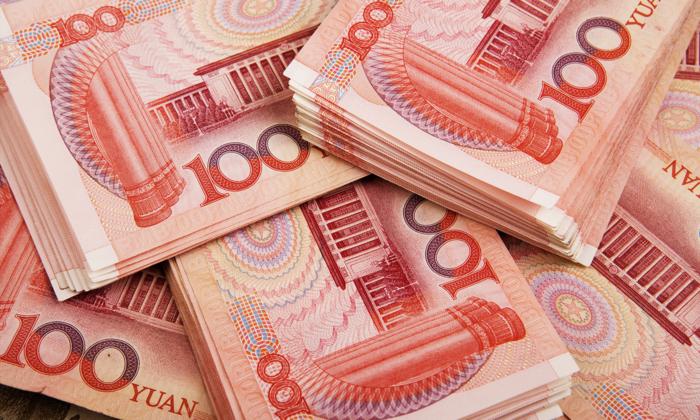China released a deflation figure for July but officially insisted there was no deflation and banned any analysts from saying that. The funny thing is seeing a negative number, and nobody dares to say “deflation” but “negative growth of inflation,” thoroughly confirming a complete loss of freedom of speech under dictatorship. Some funnier commentators even invent the definition of deflation as two consecutive quarters of negative numbers. Unlike recession, there is no such consensus in the literature that deflation is defined this way.
By forcing everyone to talk black into white, the most significant effect observed is creating an illusion that the official figures are not fake. A little wrong does not mean true. As discounts are given almost everywhere, a 0.3 percent deflation might not match well the true feeling of reality.
The true deflation extent concerns statisticians but not economists; what is more important is its causes and consequences. Another key question is whether deflation is merely technical (just some months), cyclical (some quarters), secular (some years), or structural (some decades).
From the experience of big countries (in GDP terms), deflation usually lasts for months to quarters due mainly to the massive scale of deleveraging that take place, often in real estate or debt markets. This is often ended by monetary reflation, but the preconditions are that asset prices are no longer overvalued and private debt levels much reduced. Such a price and debt level normalization process takes time, regardless of the strength of the monetary boost.
If the process is not complete, investment and lending growth will not return, and deflation will persist.
Japan experienced this from the early 1990s to the early 2010s. The delayed easing and strong currency greatly slowed Japan’s asset prices and normalization process. The same is happening in China for not allowing deep price cuts, aggressive rate cuts, and sharp depreciation.

The accompanying chart compares the inflation of Japan and China, with a two decades time-shift—it shows an amazing similarity. The obvious consequence of such secular (long years) or even structural (almost forever) deflation is consumption and investment delay, as future prices will be cheaper. One can say this is an expectation phenomenon, but it does not go without fundamentals. If prices are still overvalued, or debts are still overleveraged, then such expectation is rational. And the only way out is to let prices and debt levels come down. This also means deflation.
Arguing this way, deflation seems unavoidable; it is just a matter of “sharp and short” or “light but long.” Japan chose the latter, and so has China. Population contraction is another crucial factor that makes deflation more structural than secular. It is still early to claim Japan has conquered deflation without knowing what happens after the recession ahead. China’s current situation might not have reached that of Japan in the early 2000s as most prices have not decreased much.
That says, only when deflation has lasted for some time will there be a possibility for inflation to revert.







